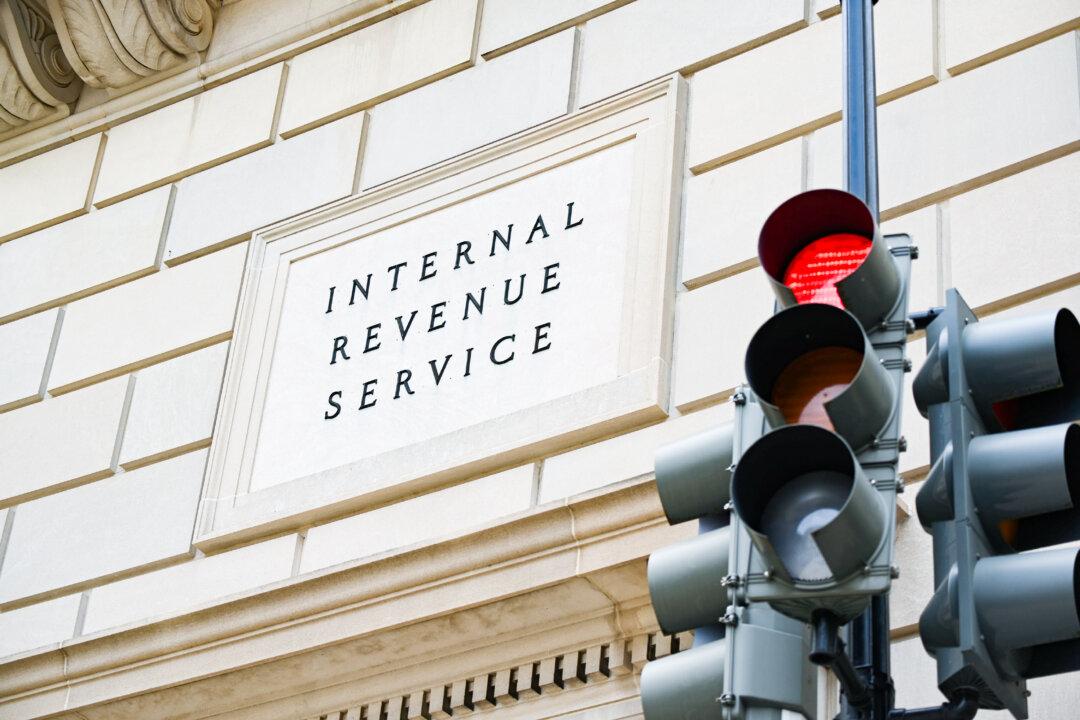The IRS must address critical safeguard weaknesses in order to adequately protect sensitive taxpayer information, the Government Accountability Office (GAO) said in a report, while faulting the tax agency for failing to implement 77 of its recommendations, including two that it deems “high priority.”
In the latest critique of the IRS’s treatment of taxpayer data, the GAO report (pdf) found a range of deficiencies, including insufficient training for IRS contractors and information security weaknesses that pose risks to sensitive taxpayer information.





